Despite all the advancement in digital technologies, as you have probably noticed most design-related websites and magazines are still dominated by 2D images: from sketches to drawings and renders, bidimensional images are still crucial in the creative design stage – which is not a bad thing, as they are still the fastest way to visually communicate and explore new ideas.
A futuristic motorbike concept created by concept designer Harald Belker using polygonal modeling in MODO
Additionally, 3D modeling has been often associated with the creation of the final, high quality CAD models – the so-called Class A surfaces – that are used for final engineering and production. This is the task of CAD/CAS (Computer Aided Styling) specialists and it’s a very time-consuming process, guided by technical requirements rather than creativity.
The creation of high quality 3D models with production-ready class A surfaces can be quite time-intensive and require specialized skills (image: the Golf Vision 2020 Concept)
All this can lead design students – as well as all those who are interested in becoming designers – to think that learning 3D is not strictly necessary.
Instead, creative designers should approach 3D in a different way: as a tool that expands their creative possibilities, increases efficiency and improves the final quality of the products.
In fact, there is plenty of reasons why knowing how to model and render in 3D is an important asset for any designer – and more than ever today.
We have compiled a list of what we think are the main reasons why any designer should really consider learning 3D.
1 – 3D can teach how shapes work in the real world
When sketching or drawing in 2D, it’s not always easy to envision the final shape of an object in three dimensions – especially if the geometry is complex.
This means that there could be unexpected or unwanted results – like intersections or interferences between volumes – which can be very easily spotted and removed during the early concept stage just by creating a basic 3D model.
3D also allows for a much greater and detailed control on the design, as it’s possible to inspect the curvature of surfaces in real-time by evaluating the reflections in the different views.
2 – Expand the design vocabulary
Some type of shapes and design features are very difficult to conceive, represent and tweak in 2D. For this reason, knowing how to create 3D models gives designers the ability to increase their aesthetic vocabulary.
Rhino and Grasshopper were used by BMW to create the complex geometry of the “Alive Geometry” for the Vision Next 100 Concept
One perfect example is the recent trend in the area of parametric/algorithm-driven design, which allows to envision and create very complex patterns and shapes.
3 – Creates more realistic and detailed concepts for better design evaluation
The ability to model and render an object in a more realistic way gives designers an excellent way for evaluating the design before the construction of a prototype.
Physical models are still very important, but the industry trend is to limit their use to the minimum necessary, and try to concentrate most of the creative design process in the digital stage in order to save time and money.
Also, working with a 3D model allows to easily check if the actual dimensions are meeting engineering and ergonomics constraints.
And while it’s still possible to use layout and packaging templates in two dimensions, working in 3D makes all this much easier and more straightforward.
4 – Allows new creative workflows
3D should be used by designers as just one of their tools: there shouldn’t be necessarily a distinction between 2D and 3D, especially in the concept stage.
On the opposite, one of the most interesting applications of 3D is its use in combination with 2D techniques: this allows to explore new creative workflows and increase quality and efficiency.
For his Concept One study, designer Mikael Lugnegard uses a mixed 2D-3D workflow by painting over a render done with a basic 3D model created in Maya.
For example, a basic rendering of 3D model can be used as an underlay for a new design sketch, providing the basic dimensions, perspective lines and/or shading.
Another interesting possibility is the combination of hand-drawn sketches with 3D rendered parts into a single image: for example by importing detailed elements such as wheels or grilles for quickly adding realism to preliminary sketches and renders.
5 – Better communication with other members of the design team
While any good designer should be able to communicate his/her ideas through plain drawings and sketches, being able to deliver a 3D model certainly offers an added value.
Being familiar with the three-dimensional representation of objects and the use of 3D software give designers a common ground shared with the other professionals involved in the design process, from physical modelers to CAS (Computer Aided Styling) specialists, to engineers. As a result, the communication among the team members can be significantly improved.
6 – Different 3D modeling approaches available
There isn’t a single 3D modeling techniques: today a designer can choose among very different approaches: NURBS modeling, polygonal modeling, SubD modeling, parametric/algorithm/generative modeling, feature-based solid modeling, digital sculpting and also hybrid workflows that combine two or more of these types together.
This means that one can find the approach that better suits his/her way of working. Unfortunately, this also means that it can be difficult to make a decision and sometimes it’s necessary to learn more than one technique.
Digital sculpting software like ZBrush can be used to quickly block out 3D proportions shapes before going into the details – image by CarStylus
We’ll be covering in more detail the different techniques and workflow in coming articles.
7 – Wide range of 3D software available
As with the 3D modeling techniques, today there is also plenty of 3D applications available, with different 3D modeling approaches and a wide range of pricing options.
Available for both Windows and Mac platform, Rhino is a powerful NURBS/CAD modeler for designers, and an affordable alternative for small and independent studios.
Design students can often benefit from heavily discounted licenses – and sometimes even free educational versions – however even in the professional world there are affordable solutions available.
Blender is a free, open source application that is gaining a reputation even among professional 3D designers
We’ll cover soon this interesting topic with a detailed overview of the available 3D software and a guide on how to choose the right 3D modeling application.
8 – Plenty of online resources for learning
Despite the complexity of the topic, today learning a 3D software is much easier than in the past given the wide availability of online tutorials, either free or paid.
Like for 2D, in 3D it’s important to have solid foundations, so beginners should use good-quality training material, that even if not free, are usually a very worthwhile investment in the middle and long term.
Our free 3D tutorials section already provides a first selection of tutorials, however we’ll soon publish some articles on this topic, as well as launch our very own 3D training courses.
9 – Can open new career opportunities
Being able to work with 3D software has become an important skill, valued by design studios, so it’s a skill that increases the marketability of a designer.
The incredible 3D skills – and a good dose of design talent and taste – allowed Daniel Simon to start a great career as a concept designer in the movie industry
The recently introduced 3D modeling approaches, like the polygonal/SubD modeling for concept design, the growing adoption of parametric tools like Grasshopper , and even the emerging VR-based tools and 3D printing technologies will make 3D skills even more relevant in the future.
For the design evaluation of the Ultimate Vision Gran Turismo, McLaren used virtual reality tools
Lastly, learning 3D skills will also open to different career paths and give more flexibility to both employed and freelance creative designers.
10 – Can be extremely rewarding
Once the initial learning curve is overcome, being able to represent ideas and concepts in a very detailed and realistic way is very rewarding and can become even fun – when not addictive.
Hopefully this list of reasons has given you the needed motivation to dive into 3D. However before you decide to do it, we’d just like to point out a few difficulties/pitfalls that it’s better to know in advance.
The other side of the coin: the pitfalls of going from 2D to 3D
Switching form 2D to 3D involves several difficulties: adding a dimension entails a new layer of complexity, so here is a list of possible challenges that need to be faced:
- 3D requires a different approach and mindset
- 3D requires time and practice
- Initial learning curve: the 3D software is not always intuitive and there is often need for proper training
- There are many different 3D modeling approaches (see next article)
- There are many different 3D software available (see next article)
In the next articles we’ll cover each of these aspects in details.
Are you already working in 3D? What are the challenges you are facing? How 3D for designers could be improved? Let us know in the comment!
If you liked this article please help us by sharing it on your favorite social channels.

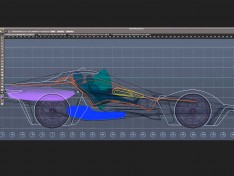
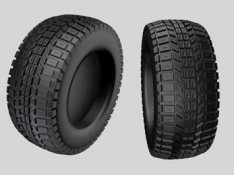

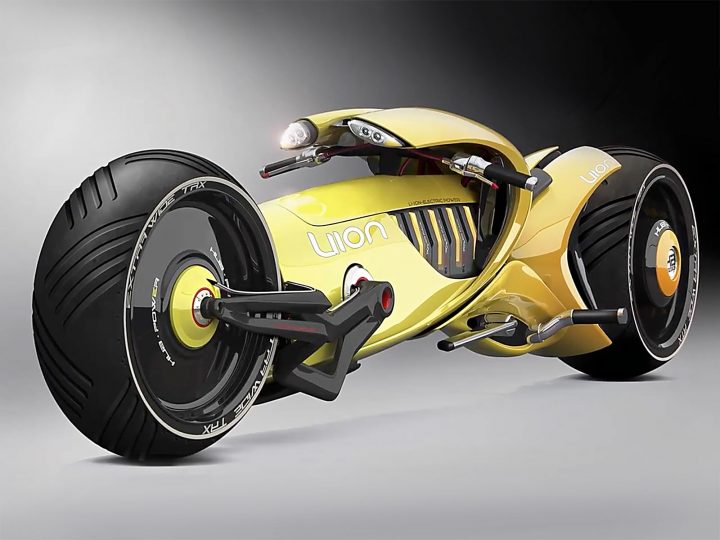
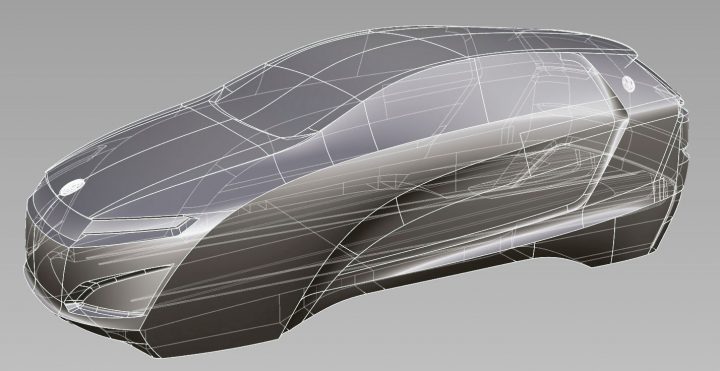
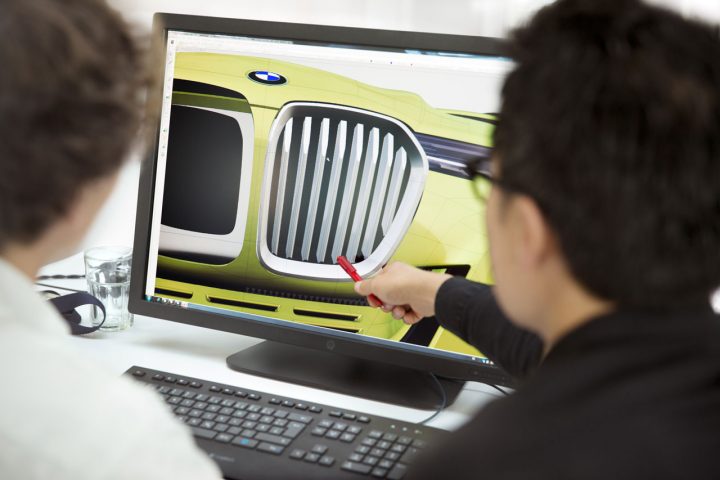
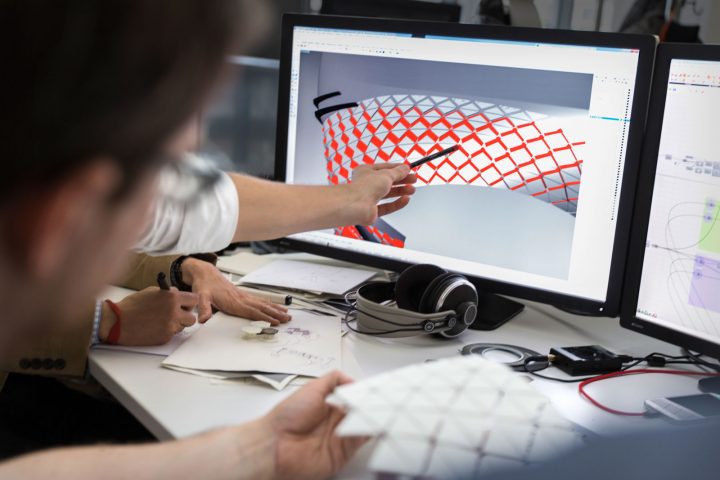
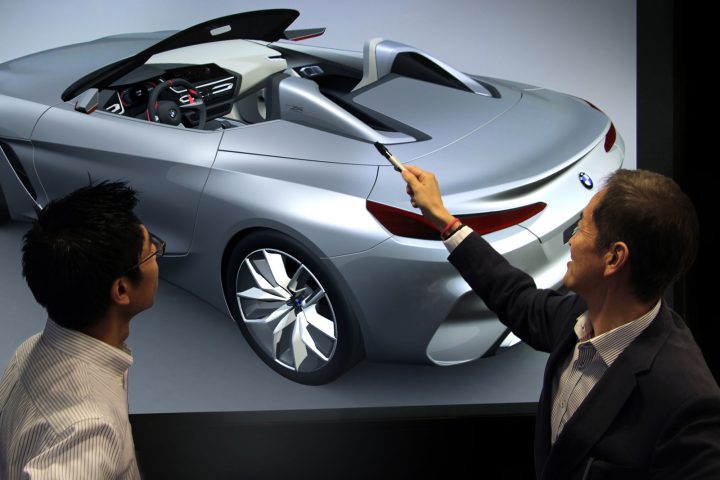
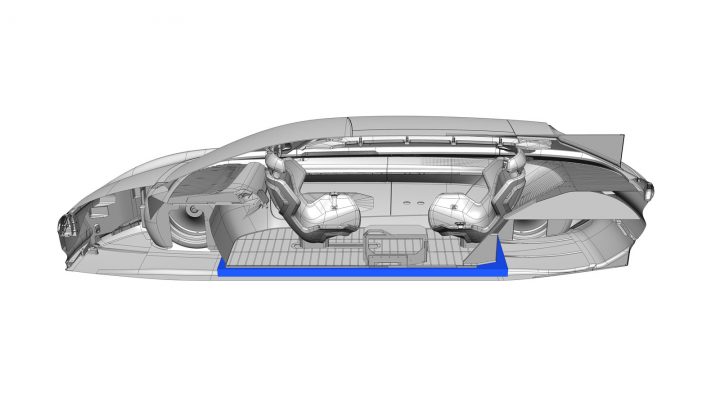
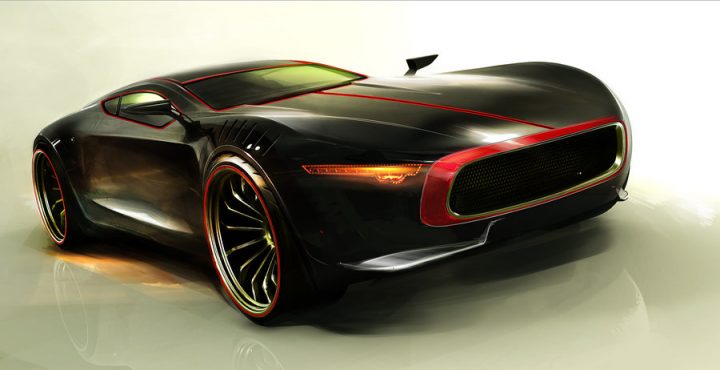
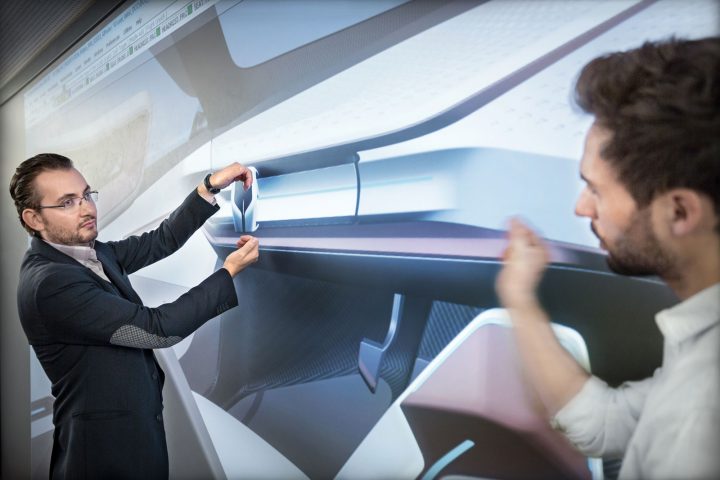
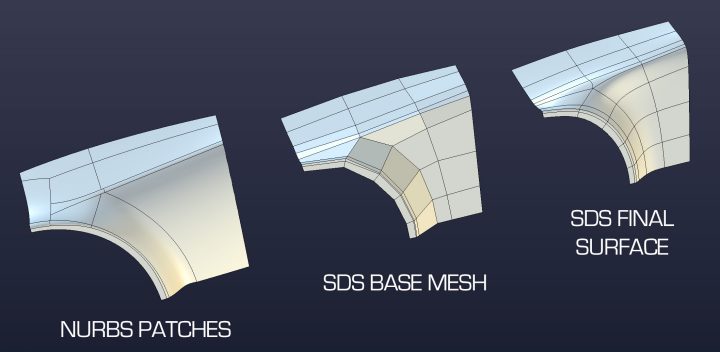
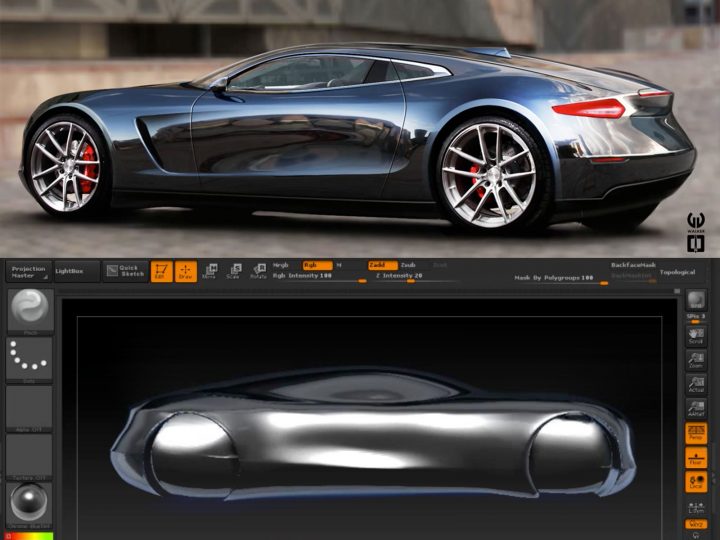
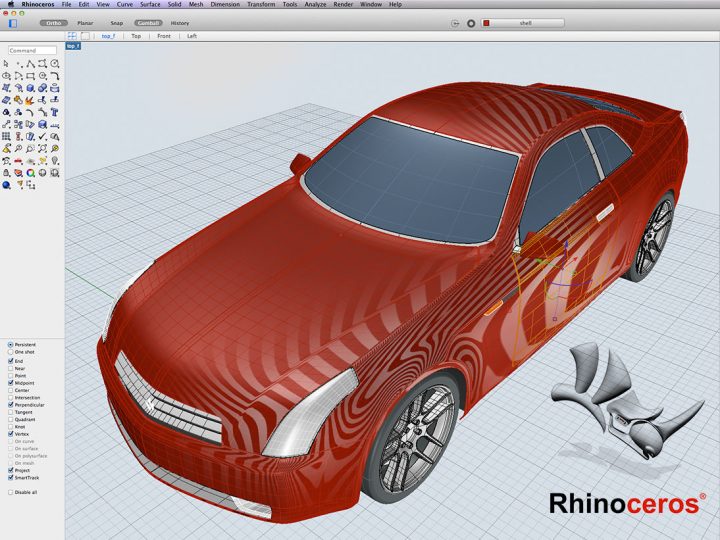
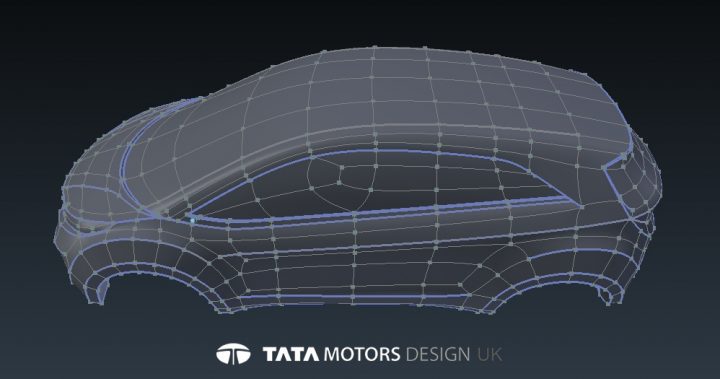
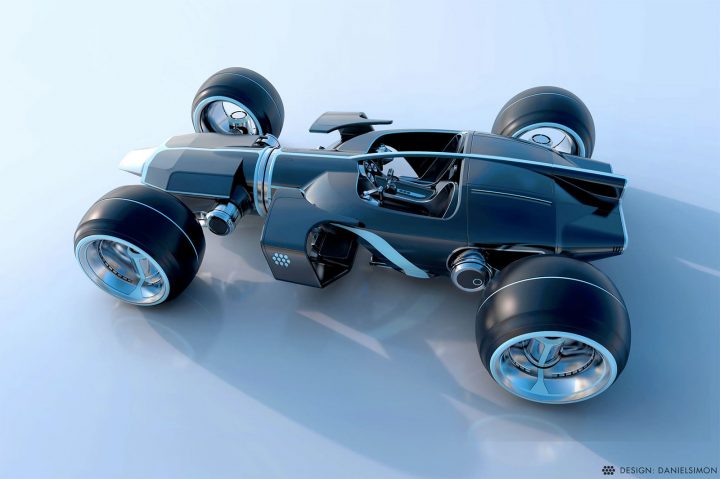
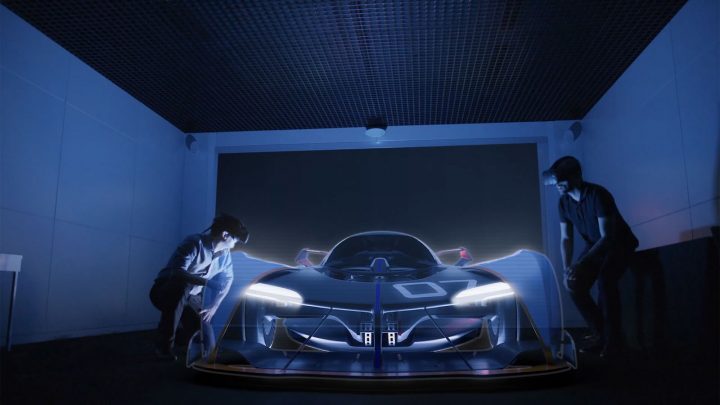



Este artículo me parece muy completo e interesante, y ¡es verdad!, en mi trabajo diseñando maquinaria me ha resultado invaluable saber y aplicar el modelado en 3D para evaluar las características del producto. En muchas ocasiones me he enfrentado a dificultades como las que se mencionan en los puntos 1 y 2, y solo se han podido resolver con los programas de 3D. Incluso con los más programas básicos o comunes como Autocad, hasta complejas formas que hemos solucionado con Rhinoceros y Blender. Espero que estudiantes de diseño lean este artículo y tomen en serio lo que aquí exponen porque tomando en cuenta estos puntos, llegarán a ser mucho más competitivos. Gracias.
Thank you Juan for sharing your experience, we cannot agree more. And we’ll be covering more 3D-related topics very soon.
Below is the automatic English translation of your message:
This article seems very complete and interesting, and it is true! In my work designing machinery it has been invaluable to know and apply 3D modeling to evaluate the characteristics of the product. On many occasions I have faced difficulties such as those mentioned in points 1 and 2, and have only been able to solve with 3D programs. Even with the most basic or common programs such as Autocad, even complex forms that we have solved with Rhinoceros and Blender. I hope that students of design read this article and take seriously what they present here because taking into account these points, they will become much more competitive. Thank you.